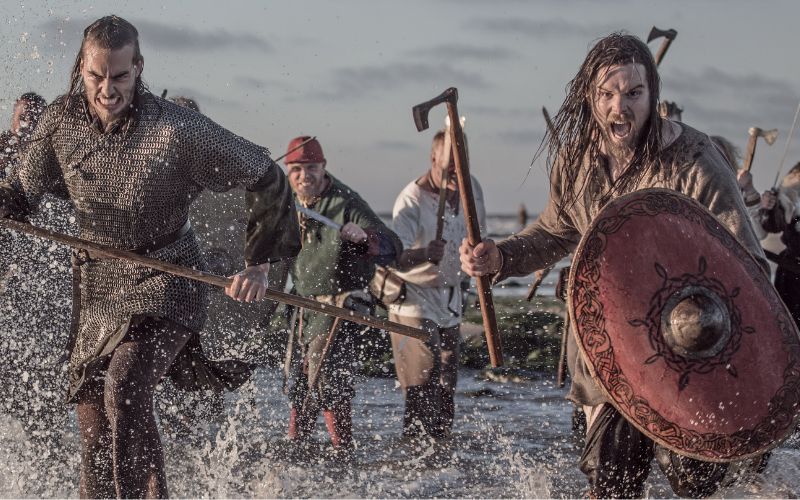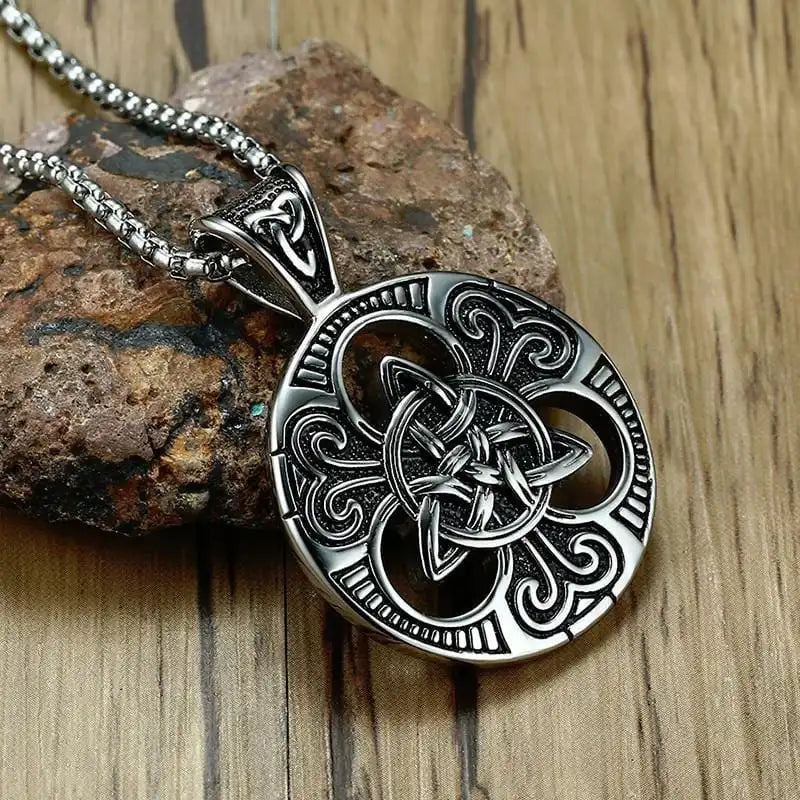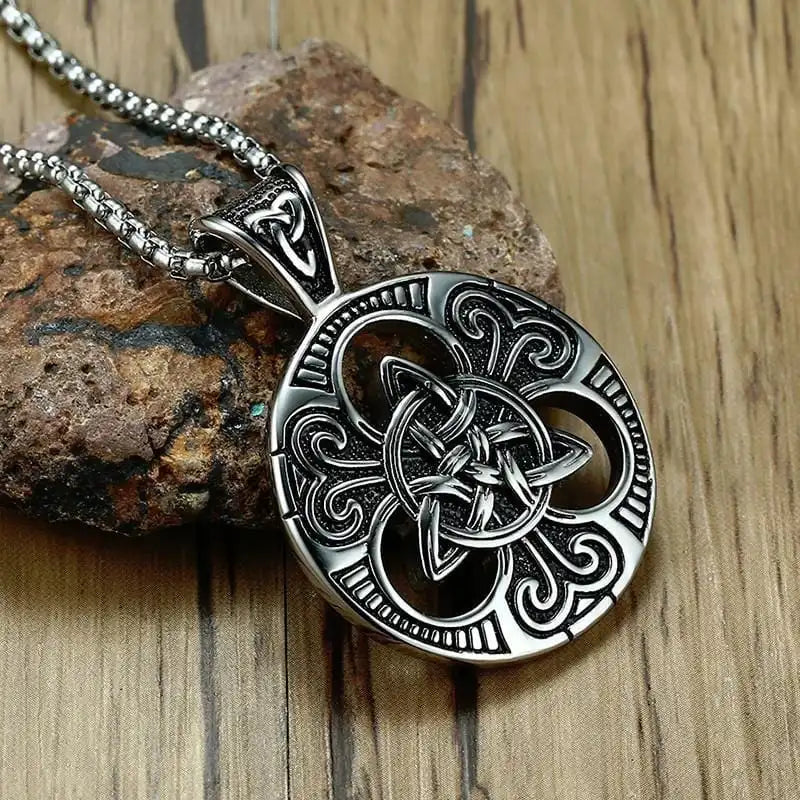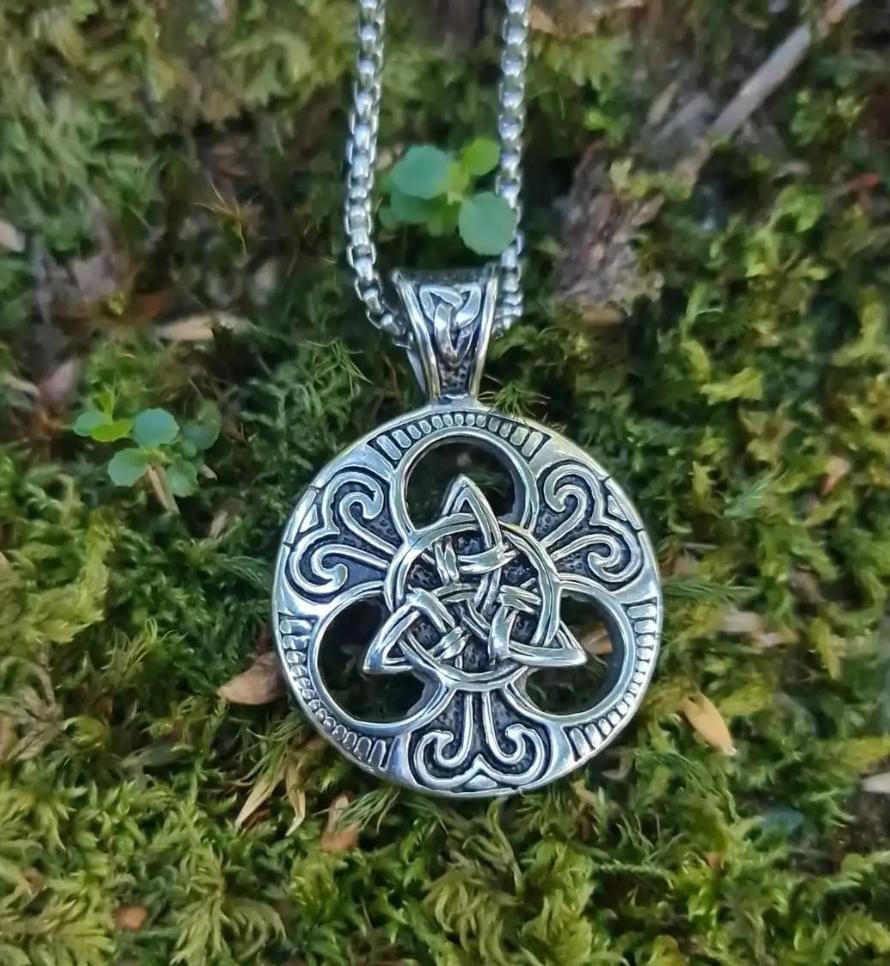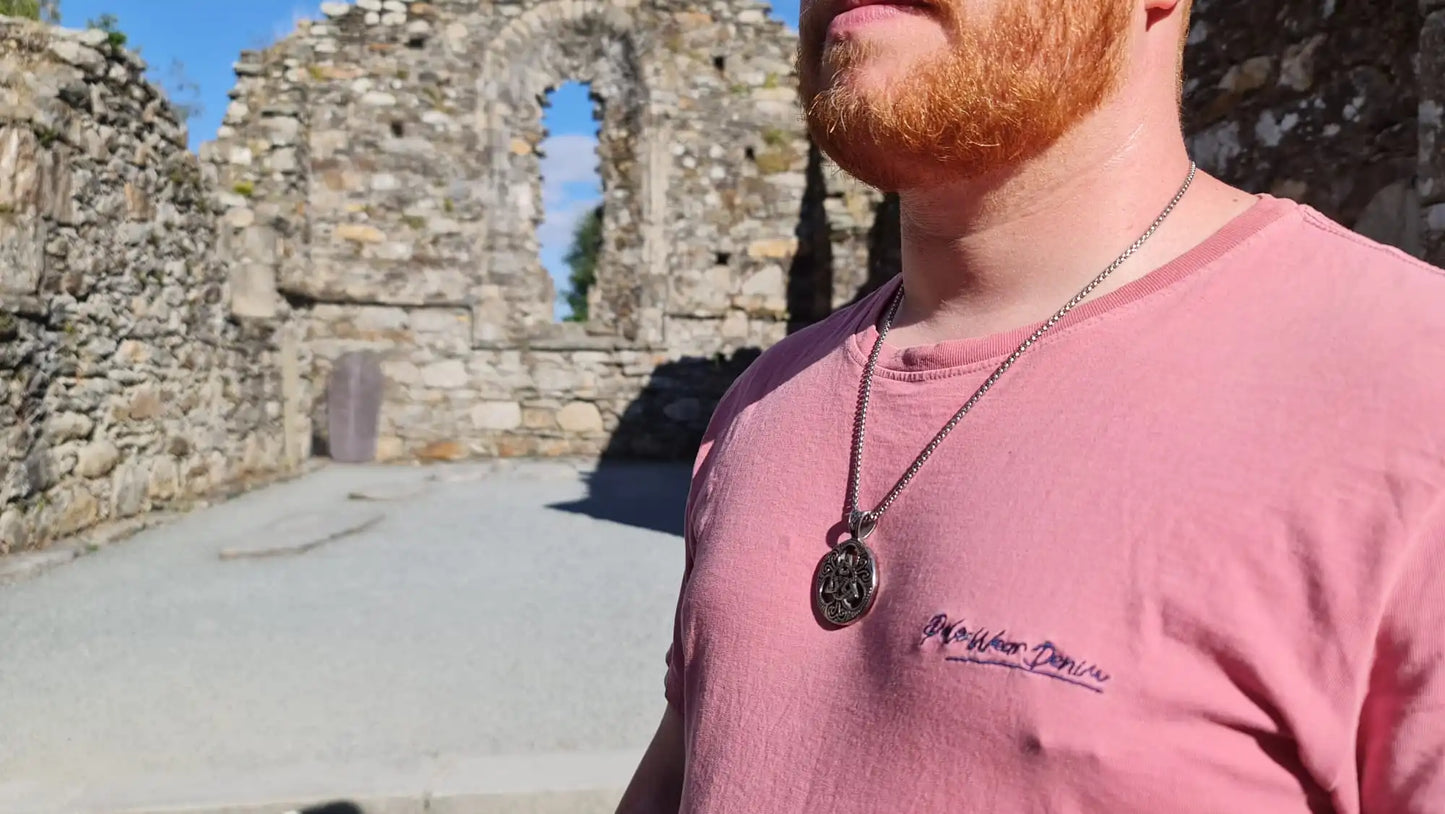Vikings in Ireland
The Vikings were a seafaring people who gained prominence between the 8th to early 11th century. They emerged from the Scandinavian countries of Norway, Denmark, and Sweden. Their raids took them as far as North America as was uncovered in archeological digs, as well as Africa, and Asia. It is even believed that Vikings are behind the name given to Russia of Rus, which means red, reflective of the fact that many Vikings had red hair or beards. There was of course also Vikings in Ireland where they have made their mark, They conducted raids, traded, and eventually settled, and that is what we are going to discuss today!
The Vikings first arrived in Ireland in 795 AD, when they attacked the monasteries at Lindisfarne, Iona, and Rathlin Island. These attacks marked the beginning of the Viking Age in Ireland, which would last for over two centuries, and change the course of Irish history (and DNA).
The Vikings in Irelnd primarily targeted the monasteries in Ireland as they were centers of wealth. The monasteries were also relatively undefended, as Monks and Friars are not well known for their hand-to-hand combat skills, thus making them easy targets. Besides plundering monasteries for their valuable items, such as gold and silver, they would also often take slaves. Some of these slaves were used at home back in Scandanavia, but it is also believed that they traded slaves with empires such as the Ottomans. Indeed, at one point, Dublin was said to have the largest slave market in all of Europe, which of course, was run by the Vikings who inhabited Dublin and its surrounds.
However, as the Viking raids continued, the Irish began to fight back. The Irish king, Niall Noigiallach, is credited with driving the Vikings out of Ireland in the late ninth century. However, they would return again and again, and it was not until the 11th century that they were finally defeated, or at least, assimilated into Irish people's and culture.
Despite the violence and conflict, the Vikings also had a significant impact on Ireland. They introduced new technologies, such as the potter's wheel and the iron plow. The Vikings also had a significant influence on the Irish language, as many Irish words were borrowed from Old Norse, the Viking's primary language.
In addition to raiding and trading, the Vikings also settled in Ireland as mentioned earlier. They established trading posts and settled in towns and cities, such as Dublin, Wexford, and Waterford, all of which take their name from Old Norse. These settlements eventually became important centers of trade and commerce, forming cities that still exist to this day. It is not uncommon to find Viking ruins when constructing new buildings. There is a supermarket in Dublin where a certain portion of the floor is glass, so visitors can view the Viking ruins found beneath the supermarket during its construction. 
The Vikings in Ireland were not a homogenous group, and they came from a variety of Scandinavian countries as stated earlier. The Norwegians were the most numerous, and they established themselves in the north and west of Ireland. The Danes, on the other hand, settled in the east and south of the country, and constitute some of the most famous Vikings to rule Ireland, and England too.
The Vikings in Ireland eventually converted to Christianity from their Pagan beliefs, and became integrated into Irish society. They intermarried with the Irish and adopted Irish customs and traditions. Nowadays many Irish people have surnames that came from their Viking ancestors, such as Cotter and Loughlin.
The Vikings left behind a number of important historical sites and artifacts, such as the Viking Triangle in Waterford, which is home to a number of well-preserved Viking buildings and artifacts, and also many discovered settlements dotted along Ireland's coast.

